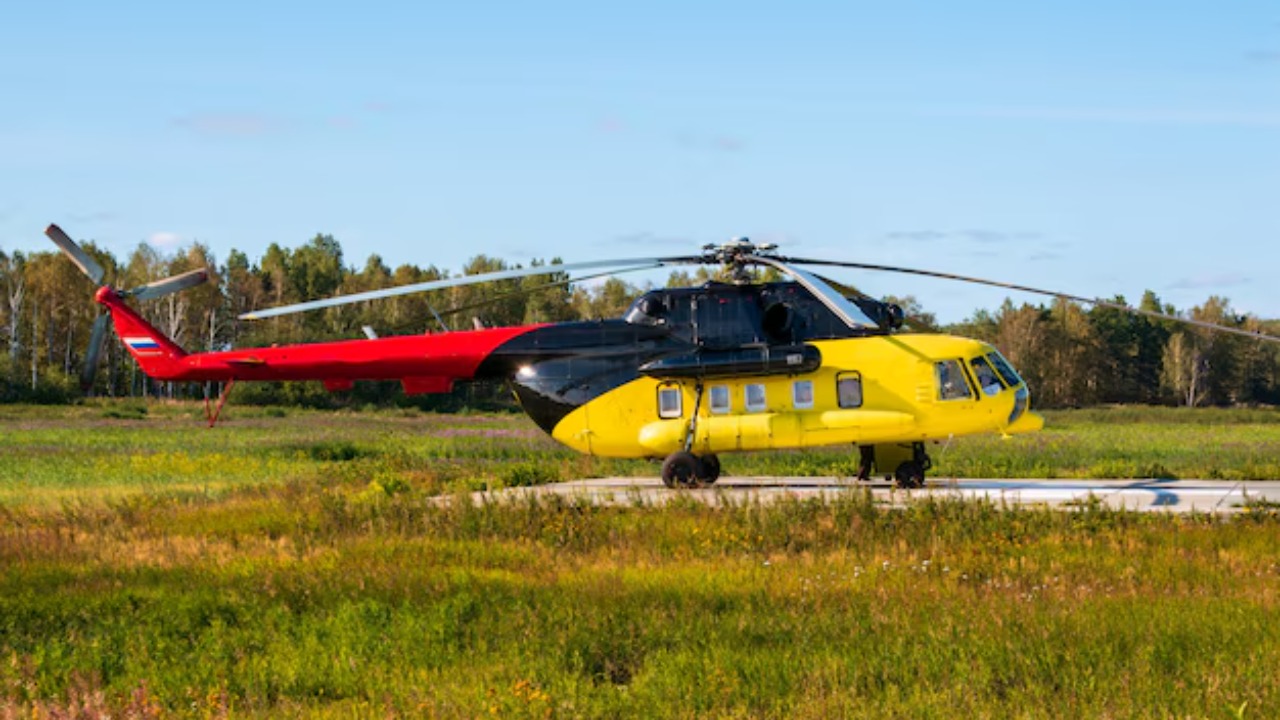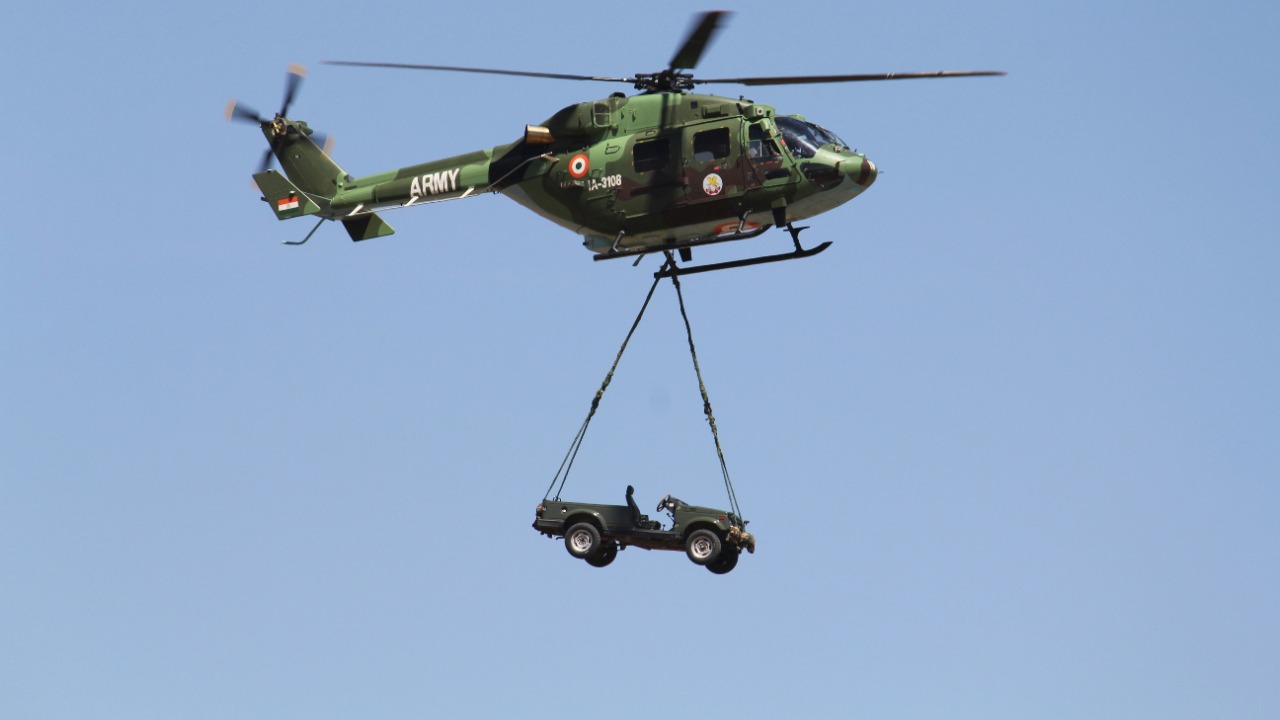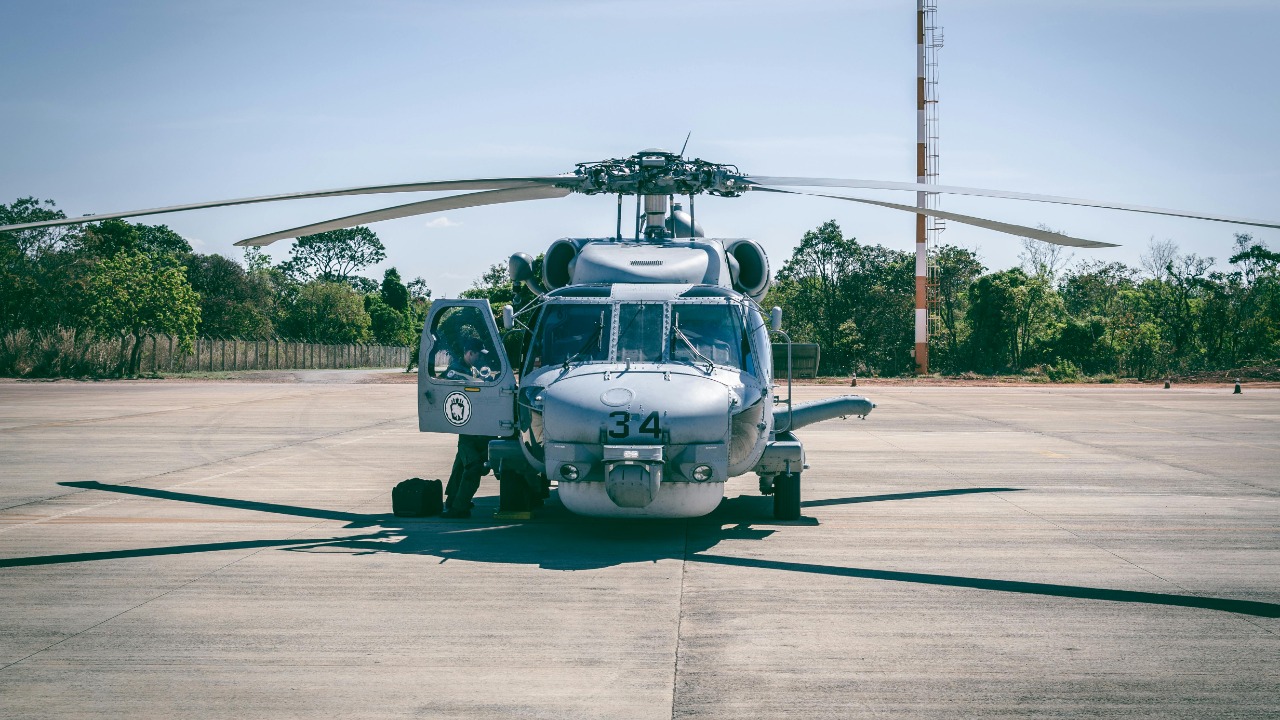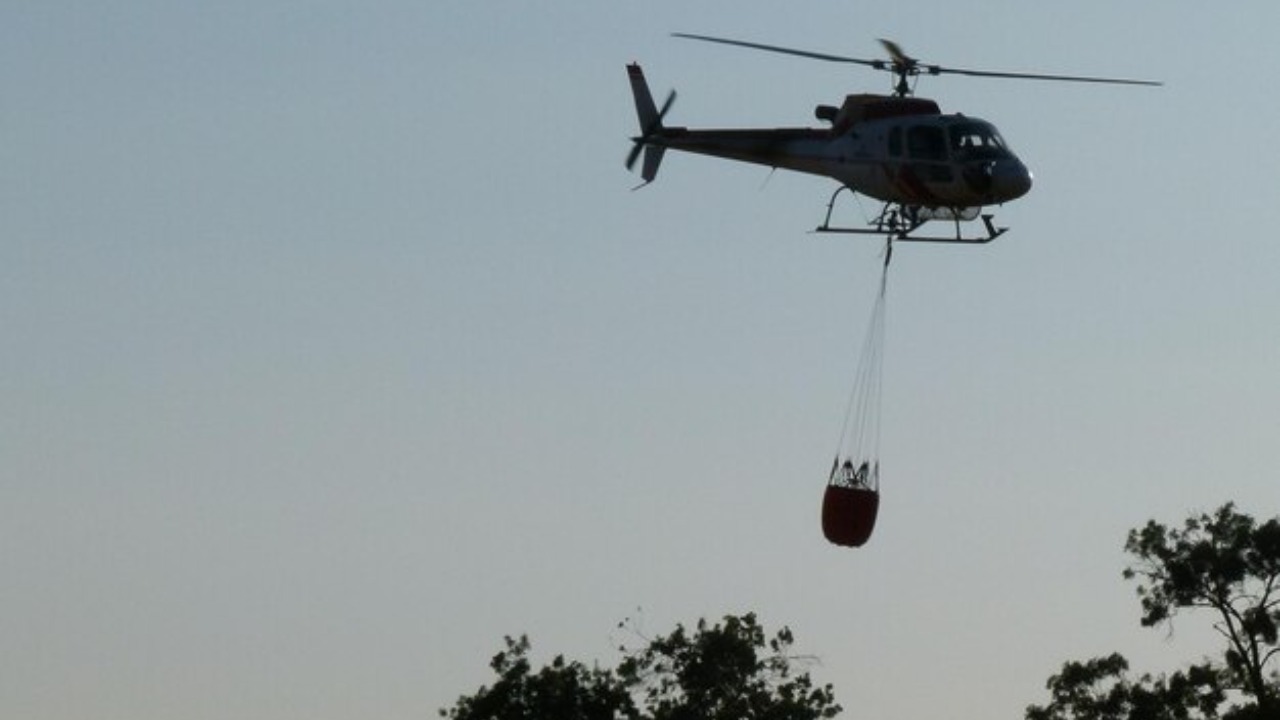
Helicopters are known for their versatility and ability to reach otherwise inaccessible locations, but can they carry a heavy piece of equipment like a bulldozer? The capabilities and challenges of using helicopters to transport heavy machinery are intriguing, especially when considering the feasibility, historical instances, and technological advancements that make such feats possible.
Understanding Helicopter Lift Capabilities

Types of Helicopters and Their Load Limits
Helicopters come in various models, each with distinct load limits that dictate their heavy-lifting abilities. The Sikorsky CH-53K King Stallion and the Mil Mi-26 are among the most prominent heavy-lift helicopters, capable of transporting payloads up to 36,000 kg and 20,000 kg, respectively. These helicopters are specifically designed with reinforced airframes, larger rotors, and powerful engines to manage such substantial weight.
Technological Advances in Helicopter Design
Over the years, advancements in helicopter design and materials have significantly enhanced their lifting capabilities. Modern helicopters benefit from lightweight composite materials and cutting-edge engineering techniques, allowing for increased payload capacities without compromising on safety or performance. These improvements have expanded the scope of helicopter transport to include even larger and heavier machinery than before.
Historical Instances of Helicopter Heavy Lifting

Notable Case Studies
Several historical instances demonstrate the remarkable lifting capabilities of helicopters. For example, the Boeing CH-47 Chinook has been employed in various operations to transport heavy equipment, including construction materials and machinery in remote areas. These missions often demand precise coordination and expertise to ensure successful outcomes, illustrating the helicopter’s role in overcoming logistical challenges.
Lessons Learned from Past Operations
Analyzing past operations reveals valuable insights into the limitations and potential of helicopter heavy lifting. One key lesson is the importance of thorough planning and understanding the specific requirements of each mission, including payload characteristics and environmental factors. Such knowledge has been instrumental in refining techniques and improving the success rates of complex helicopter transport operations.
Technical and Logistical Challenges

Weight and Balance Considerations
Transporting heavy machinery like a bulldozer via helicopter presents significant challenges in terms of weight distribution and balance. Ensuring that the load is evenly distributed is crucial to maintaining the helicopter’s stability during flight. Operators must meticulously calculate the center of gravity and employ sophisticated equipment to secure the payload, minimizing risks associated with imbalance.
Environmental and Safety Factors
Weather conditions, terrain, and safety protocols are critical considerations when planning helicopter heavy lifting operations. Adverse weather, such as high winds or poor visibility, can significantly impact the feasibility of a lift. Additionally, operators must adhere to stringent safety guidelines to protect personnel and equipment, highlighting the need for comprehensive risk assessments and contingency planning.
The Role of Helicopter Transport in Modern Industries

Applications in Construction and Infrastructure
Helicopters play a vital role in supporting construction and infrastructure projects, especially in remote or difficult-to-access areas. By delivering heavy equipment directly to the site, helicopters can expedite project timelines and reduce the logistical complexities associated with traditional transport methods. This capability is particularly beneficial in rugged terrains where ground transportation is impractical.
Military and Emergency Uses
In military operations and emergency situations, helicopters provide rapid deployment of heavy equipment, enhancing operational efficiency and response times. The ability to quickly transport machinery and supplies can be crucial in disaster relief efforts or combat scenarios, where speed and adaptability are paramount. Helicopters’ versatility and lifting capabilities make them indispensable assets in these contexts.
Future Prospects and Innovations

Emerging Technologies
Emerging technologies promise to further enhance the capabilities of helicopters in heavy lifting roles. Innovations such as more efficient engines, advanced avionics, and autonomous flight systems could increase payload capacities and operational flexibility. These developments may enable helicopters to transport even heavier machinery, opening new possibilities for their application in various industries.
Potential Impact on Industry Practices
As helicopter transport capabilities continue to improve, they could significantly alter industry standards and practices, particularly in sectors reliant on heavy machinery. The ability to efficiently move large equipment to otherwise inaccessible locations could streamline operations, reduce costs, and enhance overall productivity. Continued advancements in helicopter technology will likely drive further integration of aerial transport solutions across diverse fields.